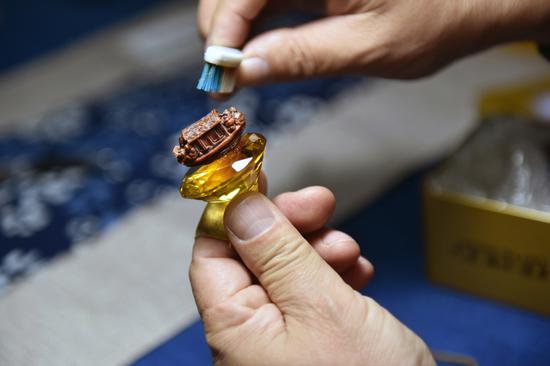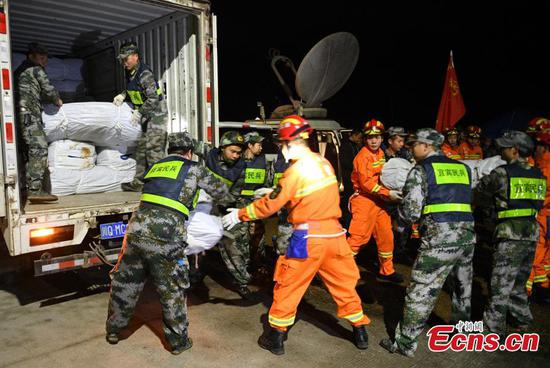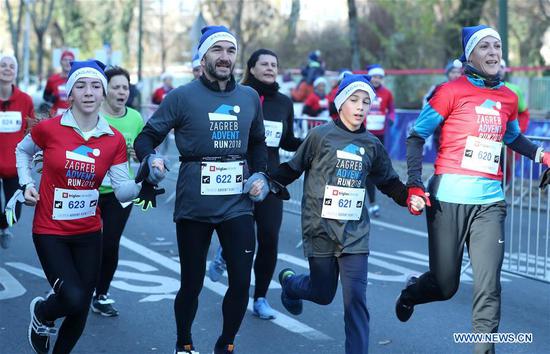The University of Michigan (UM) Medical School plans to partner with Peking University Health Science Center (PKUHSC) in diagnosing ventilator-associated pneumonia (VAP) in critical care patients by using a portable DNA sequencer.
The palm-sized nanopore sequencer developed by the UM, is called MinION. It is about two-thirds the size of a chalkboard eraser and has been field-tested around the world.
The researchers plan to sequence samples collected from the lungs of about 200 patients on ventilators across both sites, according to a UM source.
Results from the genetic sequence testing will be checked against culture tests from the same patients to compare speed and accuracy in order to inform protocols for the sequencing method. The sequencing approach may not only inform clinicians regarding which bacteria are present, but also how to treat them.
"With enough genetic information from the bacteria, we should be able to make a good prediction regarding what antibiotics they will be susceptible to," said UM Assistant Professor of Internal Medicine Robert Dickson.
"Our goal is to provide clinicians with rapid, reliable information regarding which antibiotics to prescribe, or even whether to prescribe them at all," Dickson said.
Dickson's lab in Ann Arbor has already used the device to identify pathogens in the lungs of patients with pneumonia. The prior studies took about nine hours from specimen collection to completed analysis. Through process improvements, the researchers believe they can cut that time in half.
"Our goal is to get the time from collection to identification down to about four hours or less," Dickson said.
As VAP can cause serious complications, physicians take few chances, often prescribing broad-spectrum antibiotics even for suspected cases rather than waiting a day or more for traditional lab results. The approach contributes to the prevalence of so-called "superbugs" that develop a natural resistance to antibiotics and other drugs.
"This is a particularly good project for international collaboration because it has such broad implications," Dickson said.
"Antimicrobial resistance is just as much a problem in Beijing as it is in Ann Arbor. For Michigan Medicine and our partners in China, this project is a real opportunity to tackle an important clinical concern with exciting new technologies," Dickson said.
VAP occurs in between 10 and 40 percent of patients who remain on mechanical ventilation longer than two days, with individual risk increasing with each day a patient remains on the ventilator. VAP is also difficult to be diagnosed at the bedside.
A primary method of diagnosis is to sample the patients' lung using bacterial culture, a process that typically takes between 24 and 72 hours.


















































